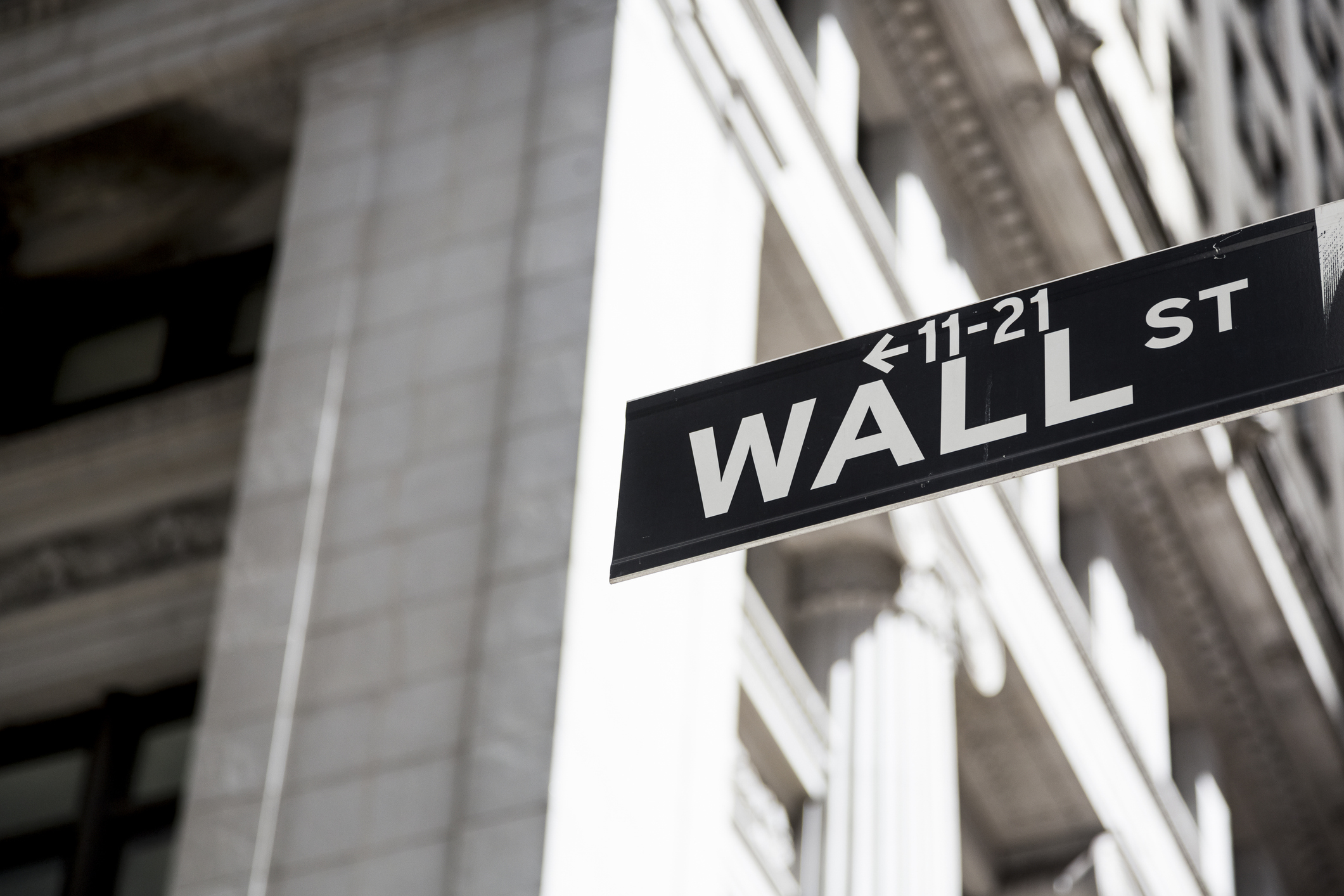Global Economy
The latest news, updates and opinions on Global Economy from the expert team here at MoneyWeek
-
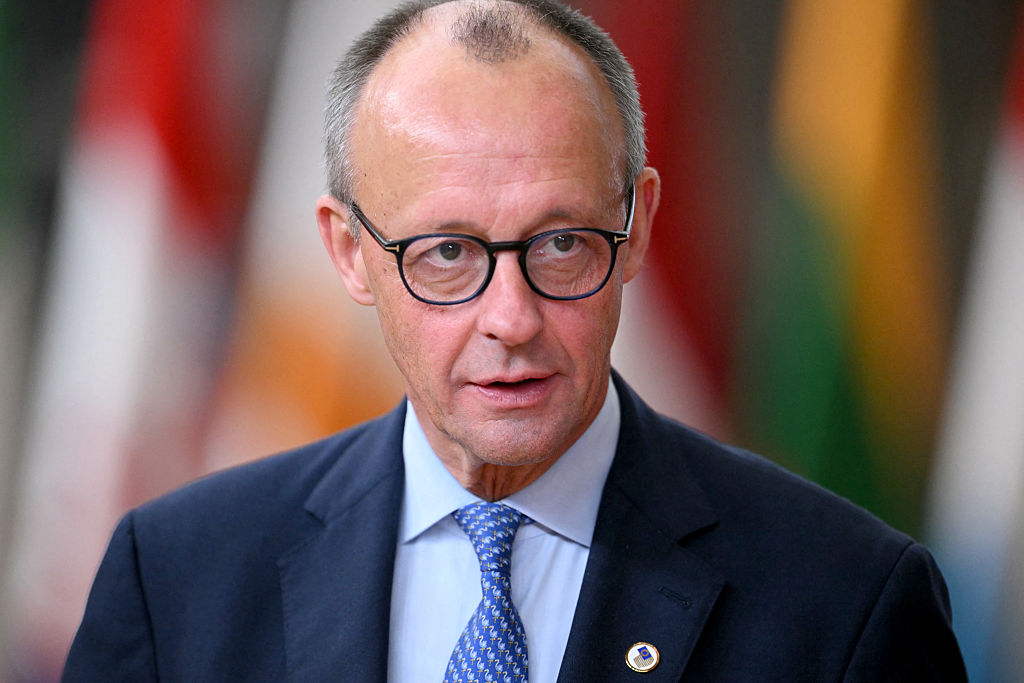
Europe’s new single stock market is no panacea
Opinion It is hard to see how a single European stock exchange will fix anything. Friedrich Merz is trying his hand at a failed strategy, says Matthew Lynn
By Matthew Lynn Published
Opinion -

Tariffs latest: Trump turmoil is back
Trump’s latest tariff threats have pushed global markets back into social media-driven jitters
By Dan McEvoy Last updated
-
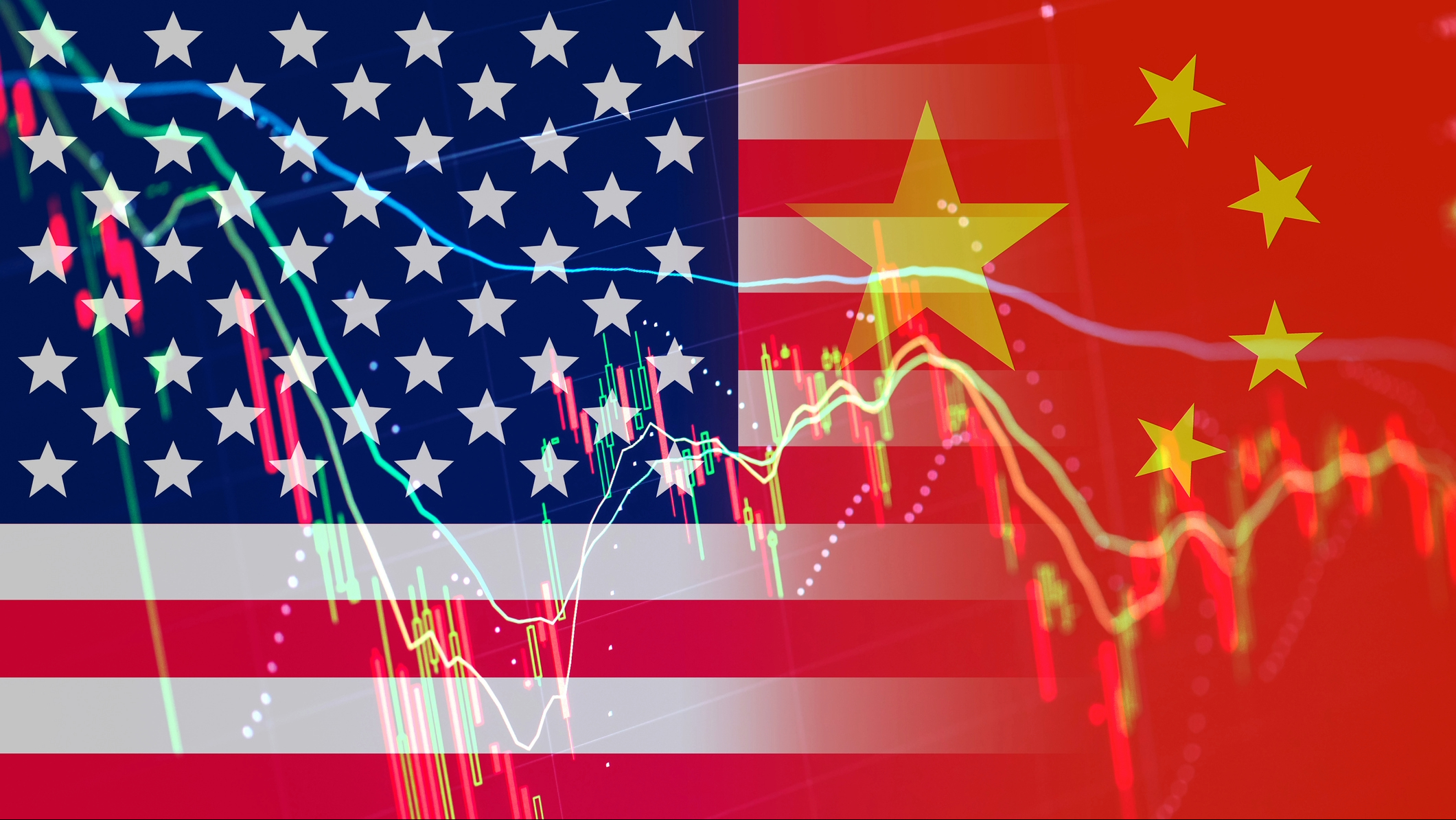
Stock market selloff: should you buy the dip?
US tech stocks and cryptocurrencies were hit hard by a stock market selloff as tariff-driven trade tensions return
By Dan McEvoy Published
-
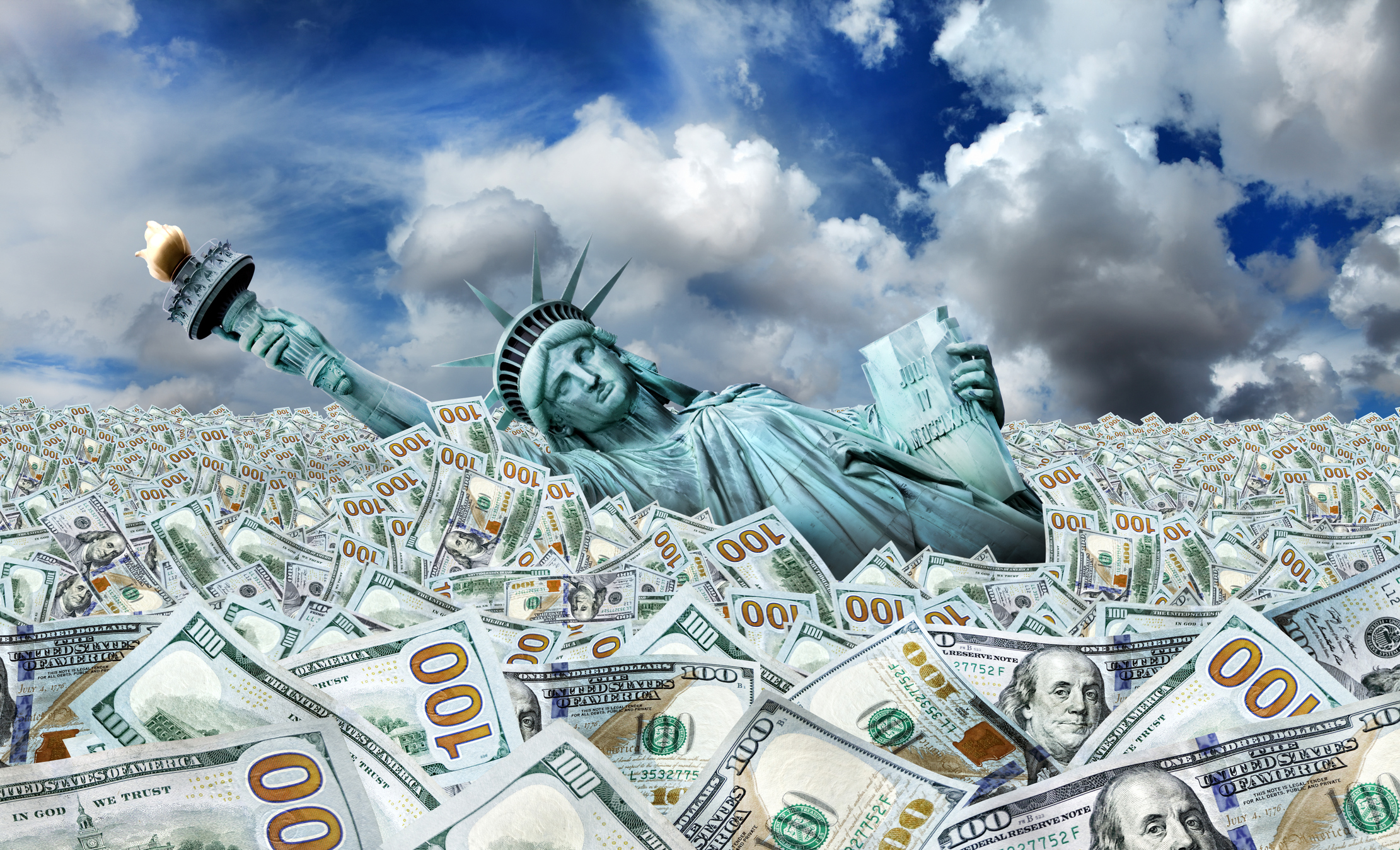
Why investors should avoid market monomania
Opinion Today’s overwhelming focus on US markets leaves investors guessing about opportunities and risks elsewhere
By Cris Sholto Heaton Published
Opinion -
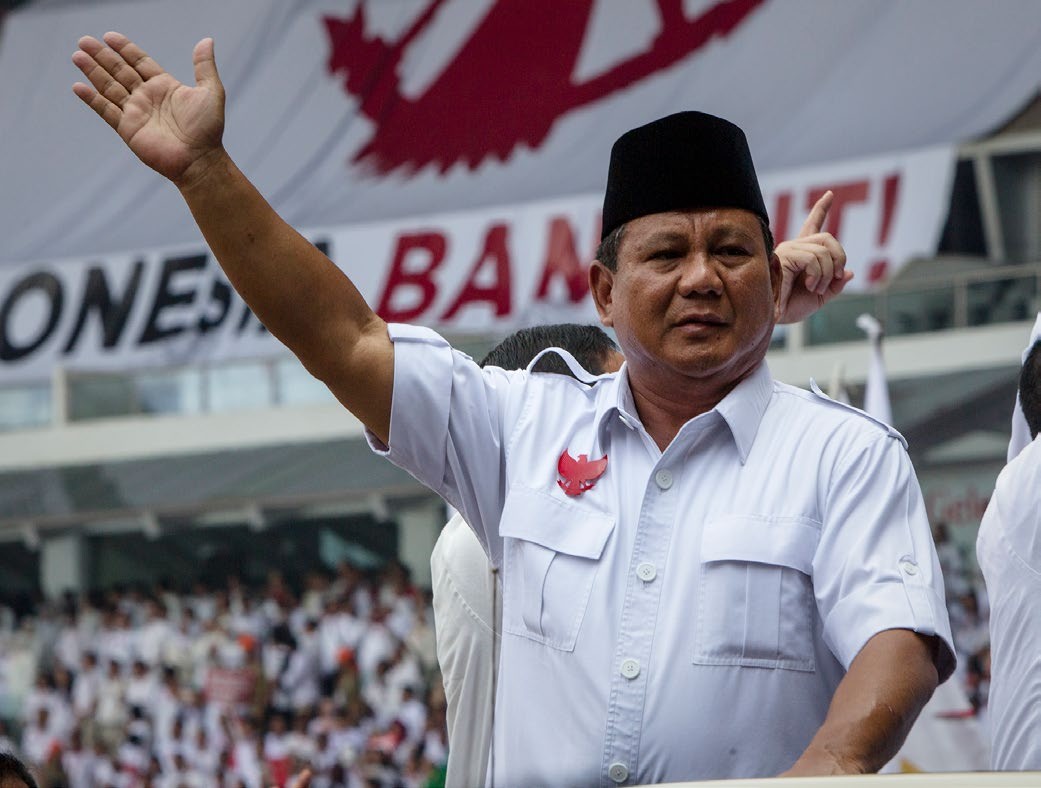
Prabowo Subianto: Indonesia’s Deng Xiaoping
Prabowo Subianto, like his Chinese hero, is taking power in his 70s with big ambitions for his country. Yet many view his return to politics with dread
By Jane Lewis Published
-
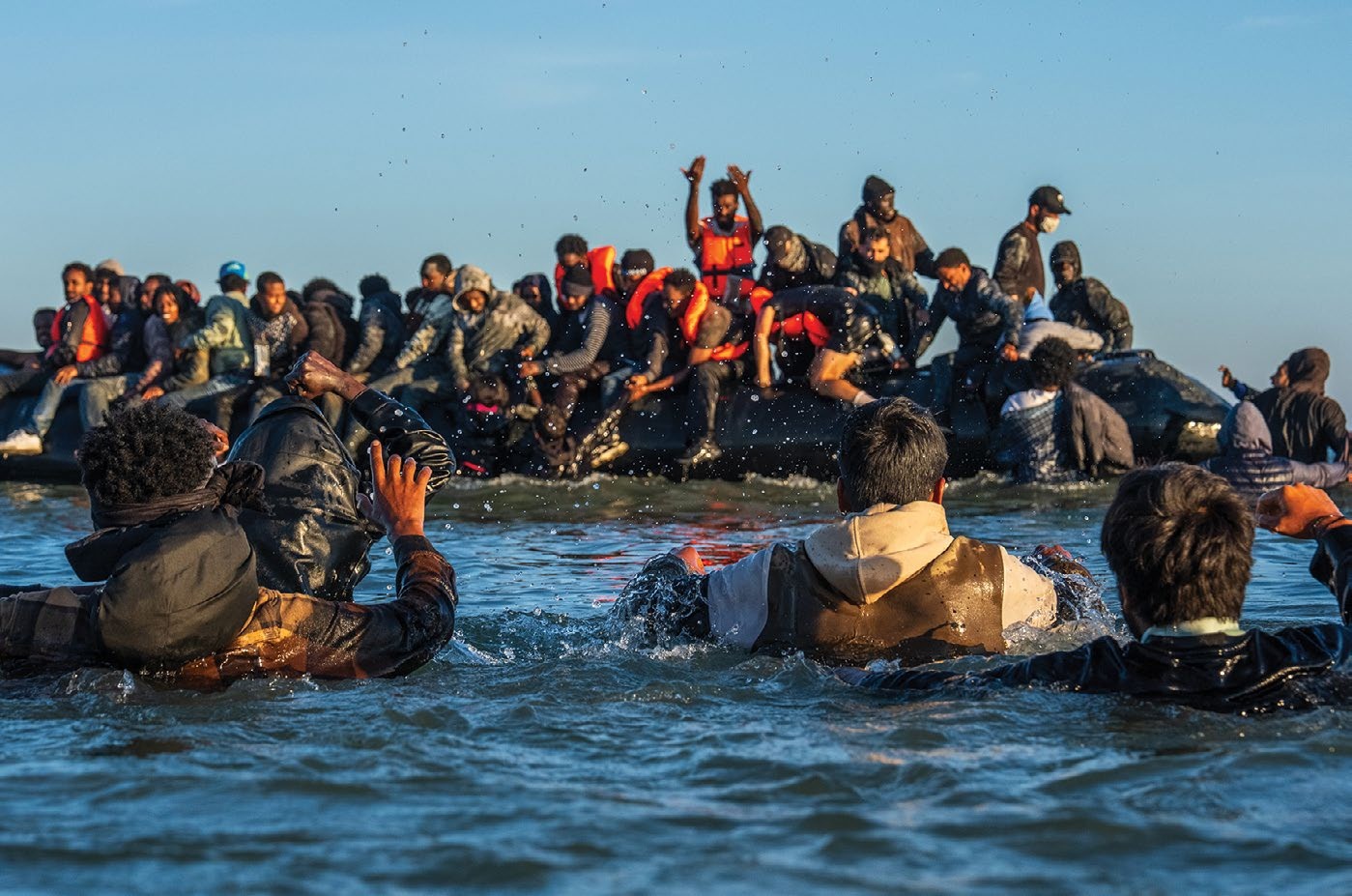
Britain’s migration crisis
Public concern over immigration is at the highest level since polling company Ipsos first started asking about the issue. So what’s being done about it?
By Simon Wilson Published
-
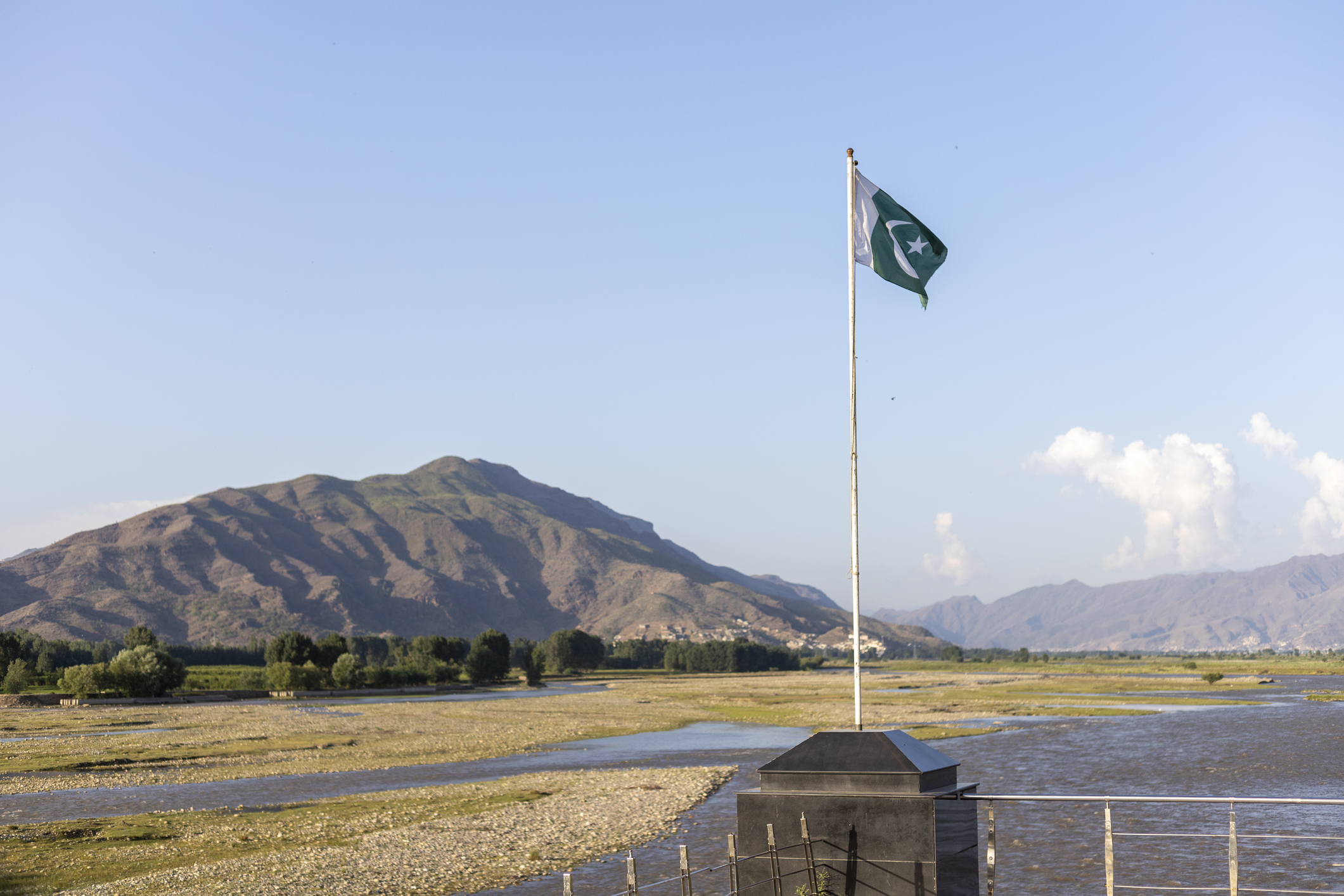
Should you invest in Pakistan – the Vietnam of South Asia?
Opinion If Pakistan is now serious about reform, it’s time for investors to buy, says Maryam Cockar
By Maryam Cockar Published
Opinion -
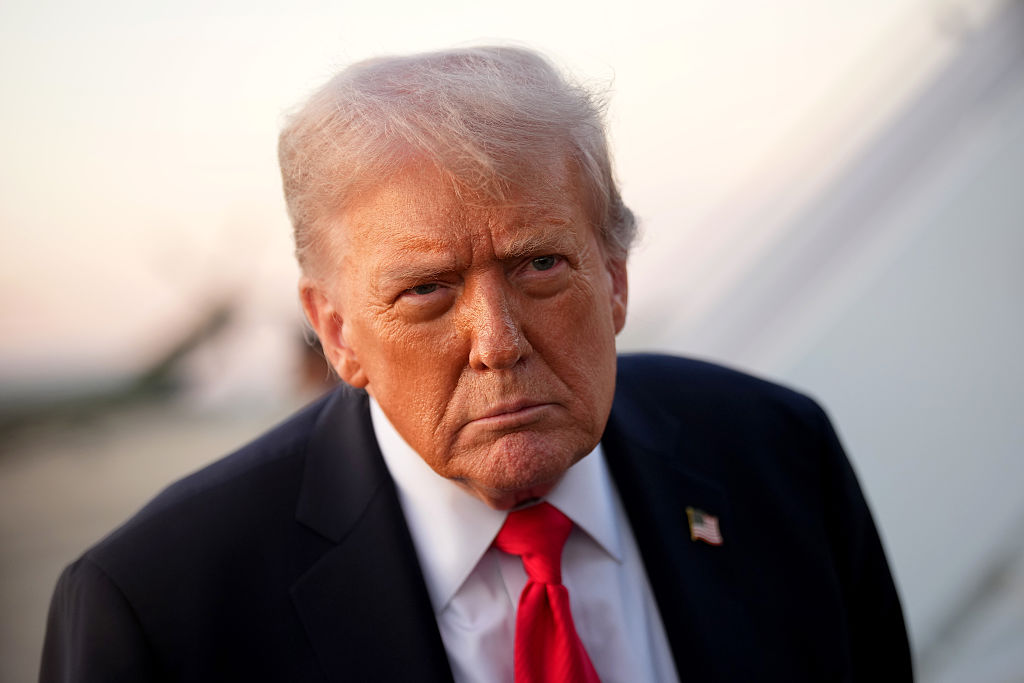
'Why you must own gold and Bitcoin'
Opinion The world is dedollarising, and gold and Bitcoin are the only alternatives. Buy now, says Dominic Frisby
By Dominic Frisby Published
Opinion -

How multi-asset trusts can help you deal with volatility
Multi-asset trusts help navigate global uncertainty and provide investors with an added layer of protection through diversification
By Rupert Hargreaves Published
